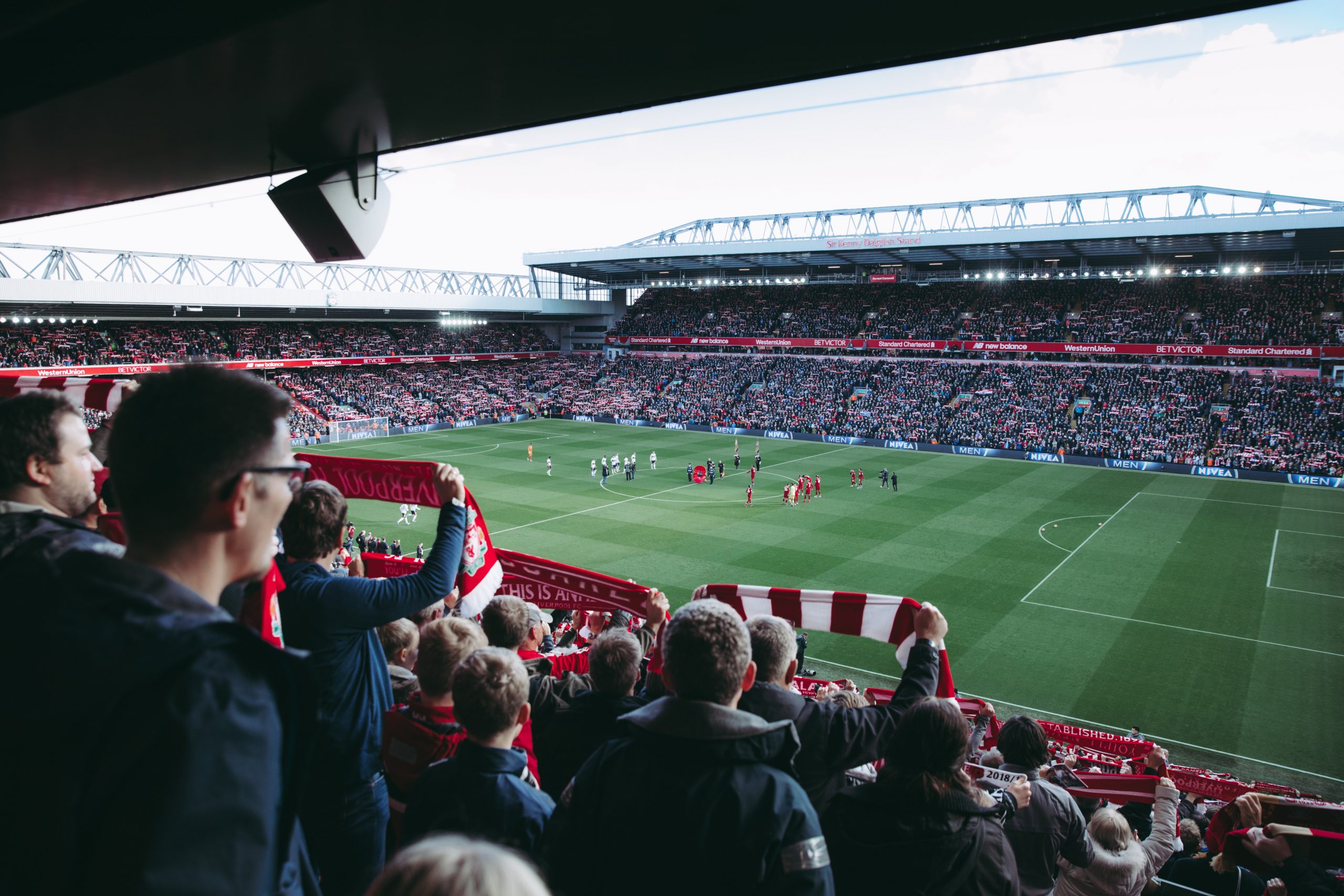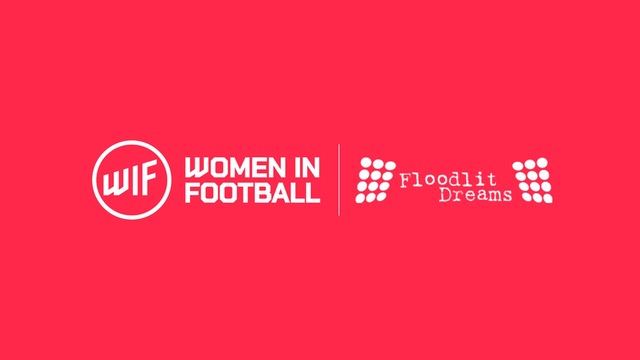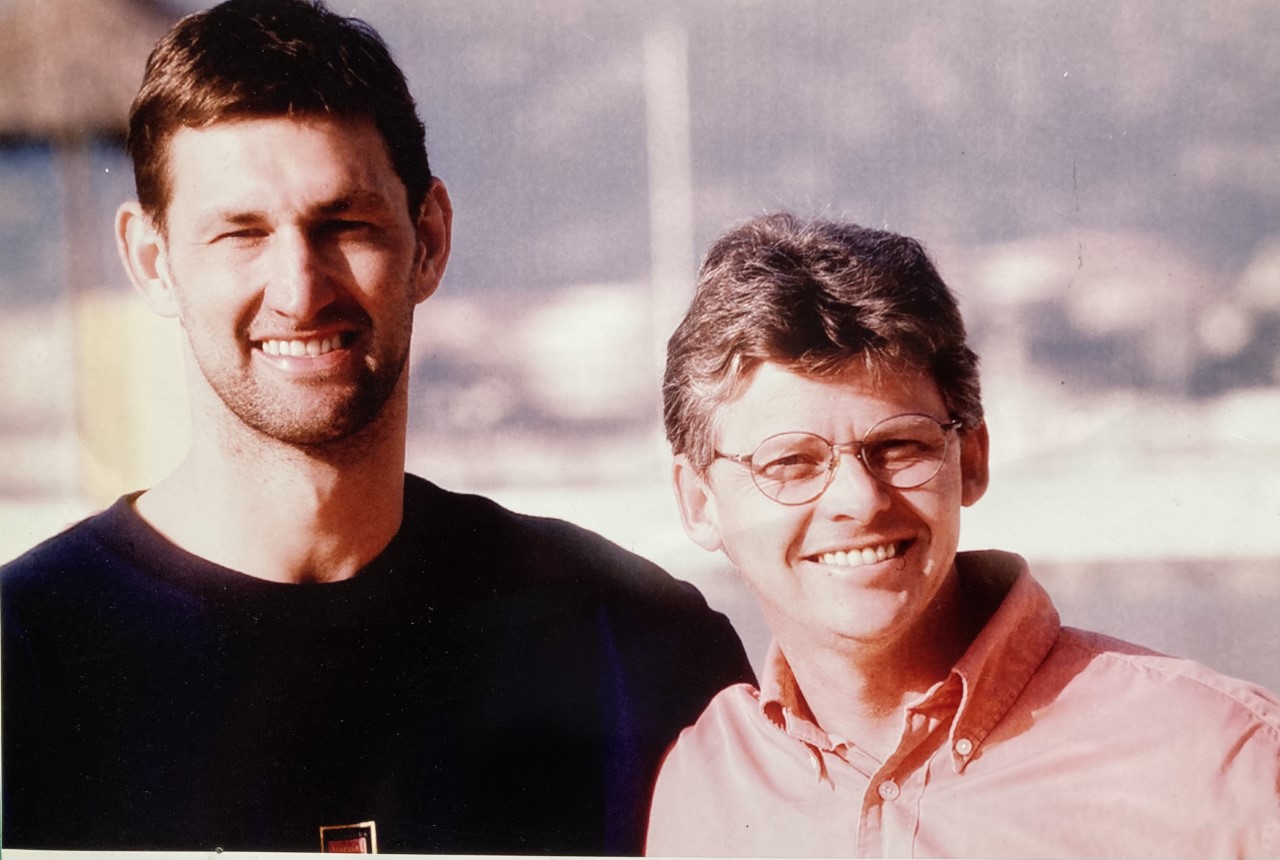Dan Billingham looks at the lessons of the Premier League’s failed pay-per-view experiment and how supporters can prepare for any potential repeat.
There’s a part in the Netflix documentary The Social Dilemma when a repentant former social network executive laments, with an anxious look at the camera, that there are only two industries in the world that call their customers ‘users’: social media and drug dealing. You have to wonder how that executive would react upon hearing of an industry driven by fans – people who plough money into an enterprise year after year out of sheer loyalty – who in some cases do so while despising the very people who run that enterprise.
Football fans have every right to take pride in the unique feeling the attachment to their club gives them. Indeed, many would say it’s one of the strongest bonds they feel in a society dominated by consumerism. The increased monetisation of football makes this unique attachment a huge asset for money-spinning clubs, however, and leaves fans on the wrong end of a horribly lopsided business relationship.
The attempt by Premier League clubs to force the introduction of pay-per-view matches during the Covid-19 pandemic was another move to squeeze more money out of this relationship. From a business perspective, it was a temptation too good to resist. The term ‘captive market’ barely does justice to the ball and chain fans found at their feet. The pandemic denied them the right to watch their team in person. While family and job anxieties rose for many, other leisure options were shut off and at times people were discouraged from leaving their house at all. Following a team’s fortunes became an even more important outlet than ever for many after the sport returned in the summer.
You could almost hear the thinking from behind the spreadsheets at Premier League clubs: wouldn’t the people who pay for tickets, merchandise and TV subscriptions, the people whose passions make football such a talking point and who provide the appetite for the media circus that makes the Premier League so marketable overseas too, wouldn’t they also shell out a bit extra to watch specific matches at home when there is virtually nothing else to do?
The answer from football fans was a resounding ‘no’. They voted with their wallets. In many cases having already paid for season tickets they couldn’t use during a pandemic, plus two monthly TV subscriptions, few were prepared to spend an extra £15 on a regular basis to watch games. Several matches attracted fewer than 10,000 paying viewers, and the model was abandoned after just four weeks.
In fact, the answer went beyond ‘no’, as fans donated thousands to foodbanks instead of paying for PPV. They co-operated beyond club lines and handed the clubs a PR thrashing.
A lot of the rhetoric from journalists and fans put the Premier League’s failed experiment down to sheer greed. Dave Kelly, a founder of the Fans Supporting Foodbanks group called the battle “Greed FC v Need FC.” It’s a completely understandable perspective, but fans can gain a better understanding of their own power by looking a little into the more practical dynamics that led to the idea that PPV might work.
A significant trend in recent years is the increasing involvement of private equity in football club ownership. In a nutshell, professional investors have been pumping money into the game in the hope that buying 55% of Aston Villa, for instance, would bring better returns than investing on the stock exchange. That arouses suspicions of fans who don’t want to see their club become cash cows. Done correctly, it is a better model than allowing madcap owners to pump cash into a club until they get disillusioned and suck it out, leaving the club stranded – as has happened too often in the past.
Private equity investors are the kind of people who study accounts in the same detail football scouts look at potential signings. They want efficiency above all else. That has its advantages, in the way Fenway Sports Group professionalised the set-up at Liverpool over the past decade, for instance. The drawback is that if there is money to be made in a way that hasn’t been tried before, these people will try it. Clubs calculate just how much each fan is worth to a club – called an expected yield per seat in Liverpool, who also reportedly study what fans are wearing on cameras at Anfield to plan merchandise sales. It is surely no coincidence the PPV experiment came at a time of increased private equity finance in the Premier League.
This actually gives fans an opportunity to fight the clubs at their own game though. It might sicken fans to think of themselves as assets to a commercial enterprise, but assets are things no business can do without. The clubs seemingly did not expect the blowback from their PPV experiment, given the incredible loyalty fans in England tend to show through thick and thin. The success of the fans’ campaign should serve as a warning that this loyalty comes with a price.
When full stadiums return, the kind of fan organisation that saw the plug pulled on PPV needs to keep getting applied to ticket prices. More needs to be done along the lines of the cheap tickets Liverpool offer for locals and Manchester United for youngsters, in order to stop the drift to stale atmospheres as middle-aged, middle-class men dominate Premier League stadiums.
Investors need to be made to realise that football’s long boom can’t sustain itself if interest fades in younger generations and clubs’ local communities. If fans give them a reason to listen, they will have to. Despite some wishful thinking that the end of the pandemic might bring about a reordering of priorities, unfortunately clubs will continue to explore ways they can squeeze more out of their supporters, as they are financially more or less obliged to.
Stopping PPV was an important victory though. It showed that despite the Premier League’s immense wealth, strong and well-coordinated action from fans is a force to be reckoned with.







Leave A Comment